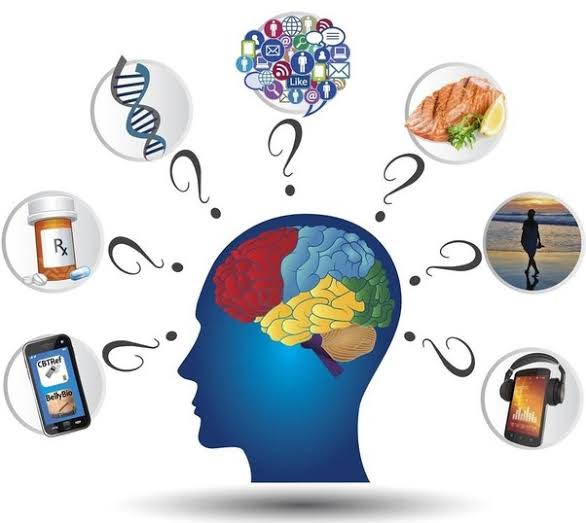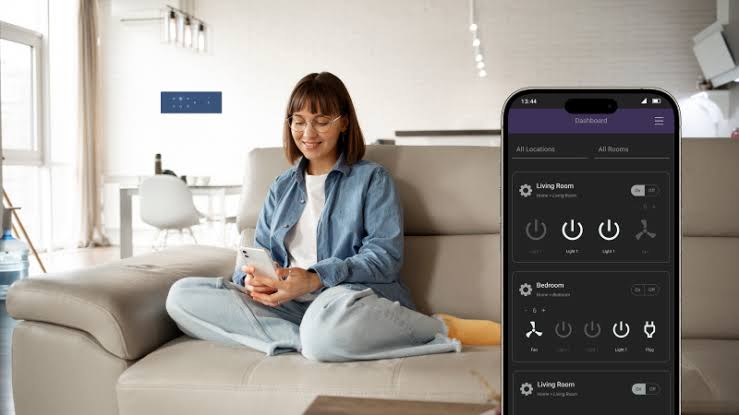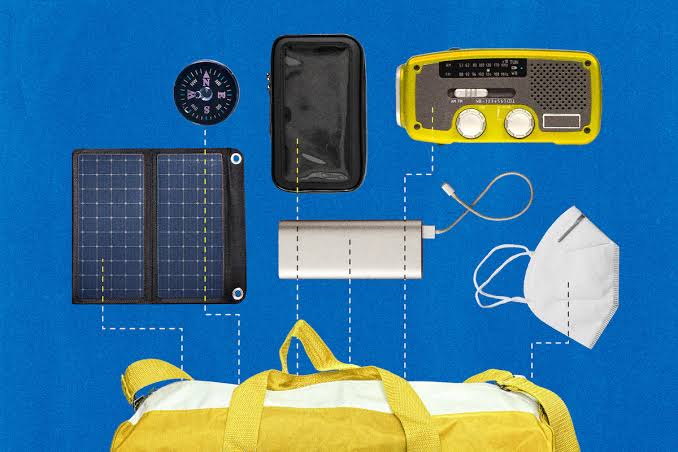As we navigate through 2025, the influence of gadgets on mental health has become more significant and complex than ever before. With smartphones, tablets, smartwatches, laptops, and other digital tools embedded into nearly every aspect of our lives, it’s impossible to ignore the psychological effects—both positive and negative—of constant connectivity. While gadgets offer unprecedented convenience, they also present new challenges that can shape mental well-being in profound ways.
The Double-Edged Sword of Constant Connectivity
One of the defining characteristics of the digital era is the expectation of being “always online.” Smartphones and wearable tech now serve as our calendars, alarm clocks, communication hubs, health trackers, and even sleep monitors. While this interconnectedness improves efficiency, it also fosters an environment where users feel pressure to respond instantly, stay updated, and never truly disconnect.
This digital overstimulation can lead to:
- Information overload: The constant stream of news, notifications, and updates can create anxiety and mental fatigue.
- Digital dependency: Overreliance on gadgets may lead to withdrawal symptoms when devices are unavailable.
- Sleep disruption: Blue light emissions and late-night screen use interfere with circadian rhythms, affecting sleep quality.
Over time, these patterns can elevate stress levels, contribute to insomnia, and diminish overall psychological resilience.
Social Media and the Rise of Comparison Culture
Many gadgets serve as portals to social media, where curated lives and highlight reels dominate the screen. While these platforms connect people globally, they often contribute to negative self-perception and social comparison—particularly among teens and young adults.
Studies in 2025 show a direct link between increased social media usage and mental health concerns such as:
- Low self-esteem: Exposure to idealized images fosters unrealistic body and lifestyle expectations.
- Fear of missing out (FOMO): Constant updates on what others are doing can lead to feelings of exclusion or inadequacy.
- Cyberbullying and harassment: Easy access to anonymous messaging increases vulnerability to emotional abuse.
Gadgets amplify these effects by making social media accessible 24/7, heightening exposure and prolonging emotional impact.
Positive Contributions to Mental Health
Despite their drawbacks, gadgets can also be valuable tools for improving mental health when used intentionally and in moderation. Many modern devices now feature built-in health and wellness apps designed to support emotional balance and reduce stress.
Positive contributions include:
- Mental health apps: Tools like guided meditation, mood tracking, digital therapy sessions, and mindfulness reminders are increasingly available and effective.
- Access to professional help: Online therapy platforms and AI-powered chatbots enable easier access to mental health support, particularly in underserved regions.
- Productivity management: Apps that promote focus (like Pomodoro timers) and digital detox help users regain control over their screen time.
In this sense, gadgets have the potential to democratize mental health care, offering low-cost, scalable support systems for individuals struggling with anxiety, depression, or stress.
The Effect on Children and Adolescents
Children and adolescents are among the most vulnerable when it comes to the mental health effects of digital device usage. Studies in 2025 confirm growing concerns about attention spans, behavioral challenges, and emotional development in youth heavily exposed to gadgets.
Major impacts include:
- Reduced face-to-face interaction: Excessive screen time replaces crucial real-world social learning experiences.
- Hyperstimulation: Fast-paced video games and apps can condition young brains for short attention spans.
- Sleep and concentration issues: Young users often use devices late into the night, negatively affecting academic performance and emotional regulation.
Experts now recommend stronger parental controls, screen time limits, and active engagement with children’s digital habits as essential steps to safeguard mental well-being.
Workplace Burnout and Remote Work Fatigue
With remote and hybrid work setups becoming standard practice, gadgets have extended the workplace into homes and personal spaces. While this offers flexibility, it also contributes to blurred boundaries between work and rest.
Common consequences include:
- Digital burnout: Constant meetings, emails, and chat alerts without physical separation from the workspace can increase fatigue.
- Zoom fatigue: Frequent virtual meetings demand continuous visual attention, reducing energy and focus.
- Isolation: Remote work, though productive, may limit meaningful social interaction and lead to loneliness.
This has driven a new wave of workplace wellness initiatives, including mandatory screen breaks, gadget-free time policies, and virtual wellness sessions designed to protect employee mental health.
Mitigating the Negative Effects
Technology alone isn’t the problem—it’s how we use it. Creating a healthier relationship with gadgets involves conscious effort, balanced habits, and better design thinking from manufacturers. Here are some strategies for mitigating gadget-induced stress:
- Digital detox periods: Regular screen-free hours or days can help reset mental clarity.
- Mindful usage: Being intentional about when, why, and how we use devices reduces automatic scrolling and distraction.
- Blue light filters and bedtime settings: Many devices now include sleep-friendly modes that reduce harmful light exposure.
- Wellness-oriented design: Gadgets in 2025 increasingly feature built-in mental health reminders, posture alerts, and break timers.
By leveraging these features and practicing discipline, users can reclaim their mental space while still benefiting from technology.
The Way Forward
The relationship between gadgets and mental health is likely to remain nuanced and dynamic. With ongoing developments in AI, augmented reality, and wearable tech, our interaction with gadgets will become even more immersive. However, this makes it more important than ever to advocate for mental well-being as a central part of tech design, usage, and education.
In future developments, we can expect:
- More adaptive devices: Gadgets that sense emotional states and adjust feedback accordingly.
- Mental health integration: OS-level mental health tracking tools that analyze usage patterns and recommend adjustments.
- Stronger privacy protections: Ensuring mental health data from apps is protected and not misused.
Ultimately, balancing our digital and emotional lives will require shared responsibility between users, developers, educators, and health professionals. Gadgets are powerful tools—but only if we learn to use them wisely.




Nice one